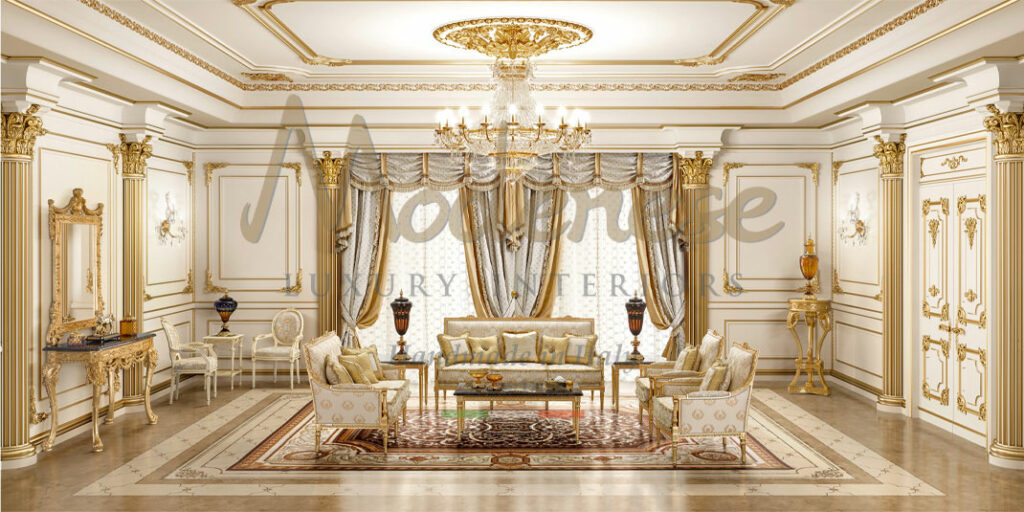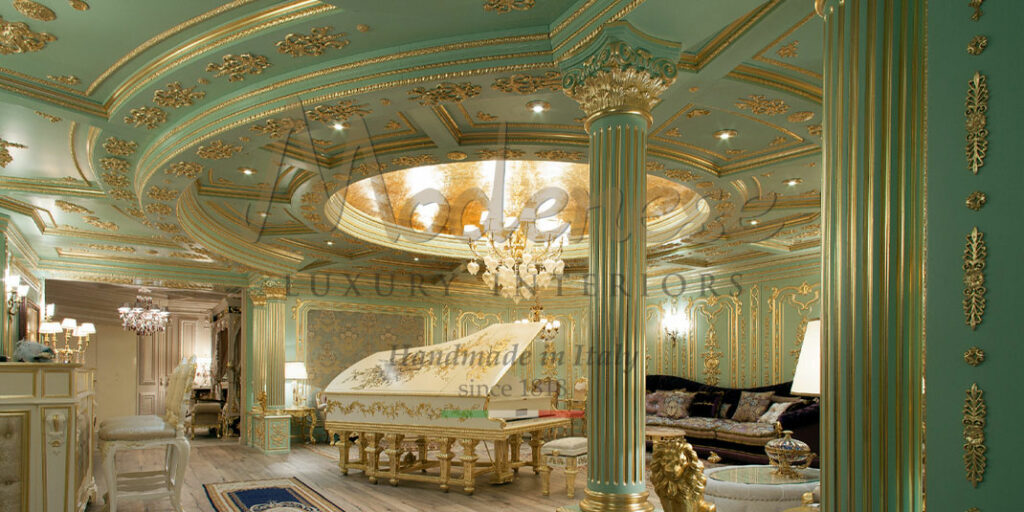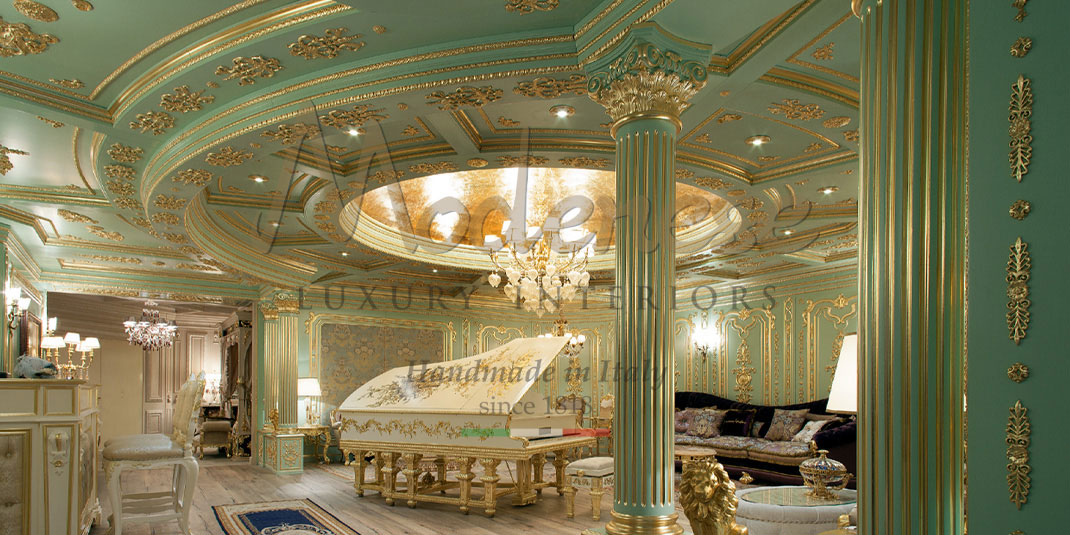The Birth of Italian Furniture Excellence
The story of Italian furniture design is a testament to centuries of artistic innovation and craftsmanship. From the workshops of Renaissance Florence to the modern showrooms of Milan, Italian furniture has consistently set global standards for excellence. As noted by Modenese Interiors, this journey from regional craft to international influence represents one of the most significant evolutionary paths in the history of furniture design.

Renaissance Foundations (14th-16th Centuries)
The Florentine Revolution
The Renaissance period marked the beginning of Italian furniture’s golden age. Florence, under the patronage of the Medici family, became the epicenter of furniture innovation. Master craftsmen developed techniques that would influence furniture making for centuries to come:
- Intarsia – wood inlay work featuring complex geometric patterns
- Gilding – application of gold leaf to wooden surfaces
- Carving – elaborate decorative techniques featuring classical motifs
Technical Innovations
Renaissance craftsmen introduced several groundbreaking techniques:
| Innovation | Impact | Legacy |
|---|---|---|
| Dovetail Joints | Enhanced durability and strength | Still used in modern furniture |
| Veneering | Allowed for decorative surfaces | Standard in luxury furniture |
| Marquetry | Created intricate designs | Defines high-end Italian style |

Regional Styles and Their Evolution
Northern Italian Influence
The northern regions, particularly Lombardy and Veneto, developed distinctive styles characterized by:
- Rich upholstery techniques
- Integration of marble elements
- Sophisticated wood carving methods
Venice’s trading position influenced design through exposure to Eastern aesthetics, creating a unique fusion of styles that would later influence Art Nouveau.
Tuscan Traditionalism
Tuscan furniture makers maintained closer ties to Renaissance ideals, focusing on:
- Solid wood construction
- Simplified geometric forms
- Emphasis on functionality without sacrificing beauty
The region’s influence on modern Italian design cannot be overstated, with many contemporary makers still drawing inspiration from Tuscan principles.
The Modern Revolution (1920s-1960s)
Breaking with Tradition
The early 20th century saw Italian furniture design undergo a radical transformation. The movement away from traditional forms was driven by:
- Technological advancements in materials
- New manufacturing processes
- Changing social attitudes toward home furnishing
The Milan School
Milan emerged as the new center of Italian furniture design, with pioneers like Gio Ponti and Marco Zanuso leading the way. Their innovations included:
- Integration of industrial materials
- Emphasis on ergonomic design
- Development of modular furniture systems
- Introduction of mass production techniques
Contemporary Adaptations
Technology Meets Tradition
Modern Italian furniture makers have successfully merged traditional craftsmanship with contemporary technology:
- 3D printing for prototype development
- Advanced CNC machining for precise components
- Smart furniture integration
- Sustainable material innovation
Sustainability Focus
Contemporary Italian designers have embraced environmental responsibility:
| Initiative | Implementation | Environmental Impact |
|---|---|---|
| Recycled Materials | Integration of reclaimed wood and metals | Reduced resource consumption |
| Eco-friendly Finishes | Water-based and natural treatments | Lower VOC emissions |
| Local Sourcing | Materials from within 100km radius | Reduced carbon footprint |
Global Impact and Future Directions
International Influence
Italian furniture design continues to shape global trends through:
- Innovation in materials and forms
- Leadership in furniture trade shows
- Setting international design standards
- Influence on architectural integration
Industry Statistics
The Italian furniture industry’s global impact is reflected in recent data:
- Annual export value: €10.8 billion (2023)
- Employment in the sector: 130,000+ workers
- Number of manufacturing companies: 18,000+
- Research and development investment: €420 million annually
The Legacy Continues
Italian furniture design’s journey from Renaissance workshops to contemporary studios represents an unbroken line of innovation and excellence. Today’s designers continue to honor traditional craftsmanship while embracing modern technologies and sustainable practices. As global design trends evolve, Italian furniture makers remain at the forefront, proving that the principles established centuries ago in Florence continue to inspire and influence the future of furniture design worldwide.
The industry’s ability to adapt while maintaining its core values of quality, innovation, and artistic excellence ensures that Italian furniture design will continue to shape how we think about and interact with our living spaces for generations to come.
